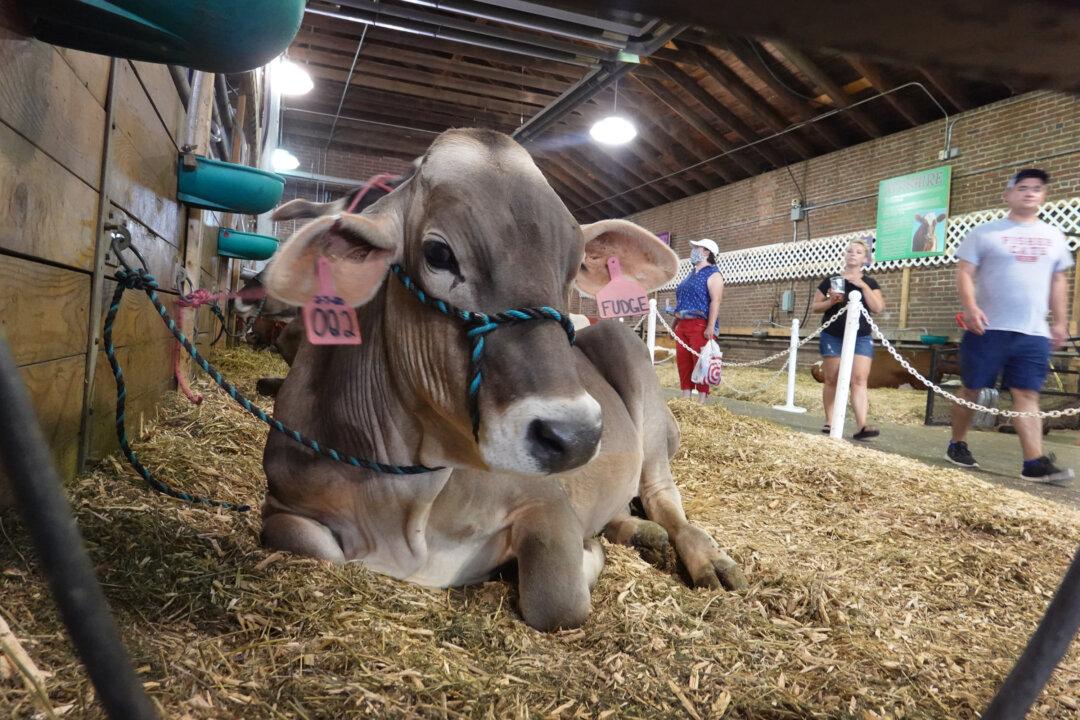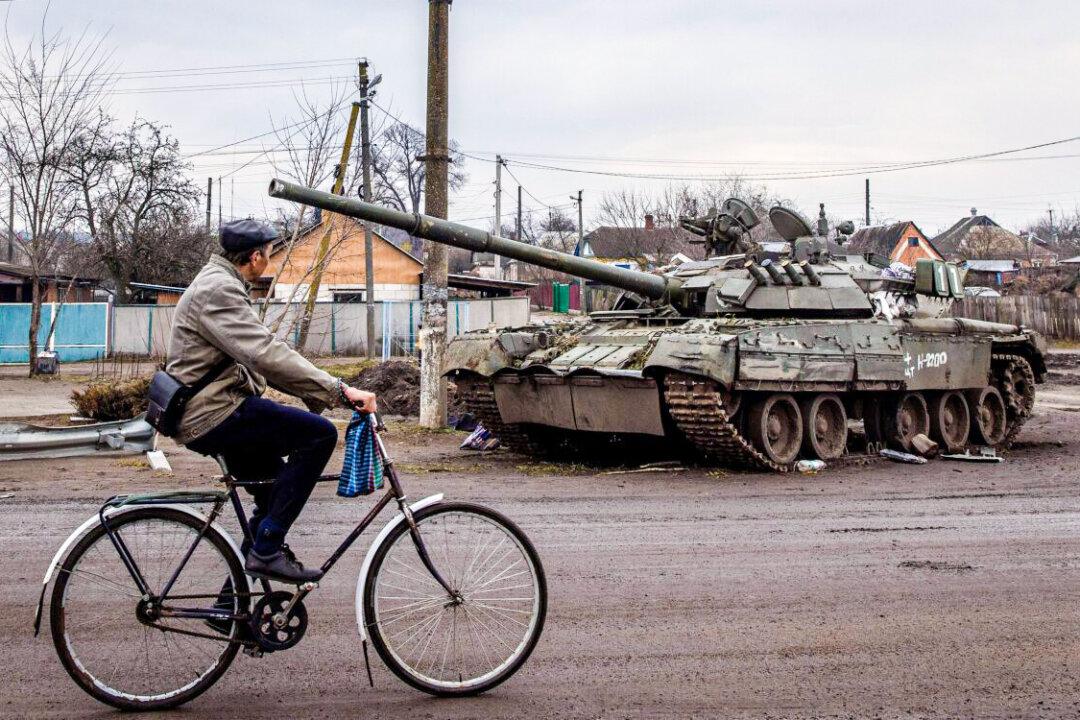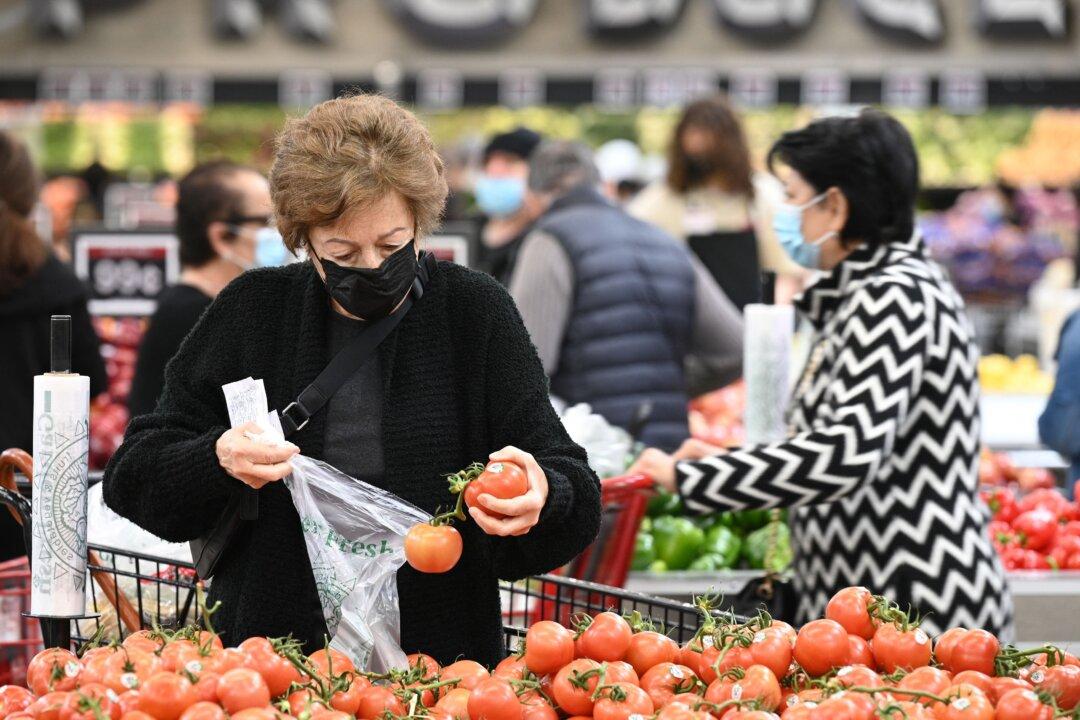Fertilizer prices have risen during the past year, with several retail price tags going up by more than 100 percent, according to DTN, a Minnesota-based company that provides real-time weather, agricultural, energy, and commodity market information.
More than half of America’s large farmers are anticipating prices for inputs such as fertilizer and fuel to go up by more than 12 percent in 2022, according to a Purdue University poll.





